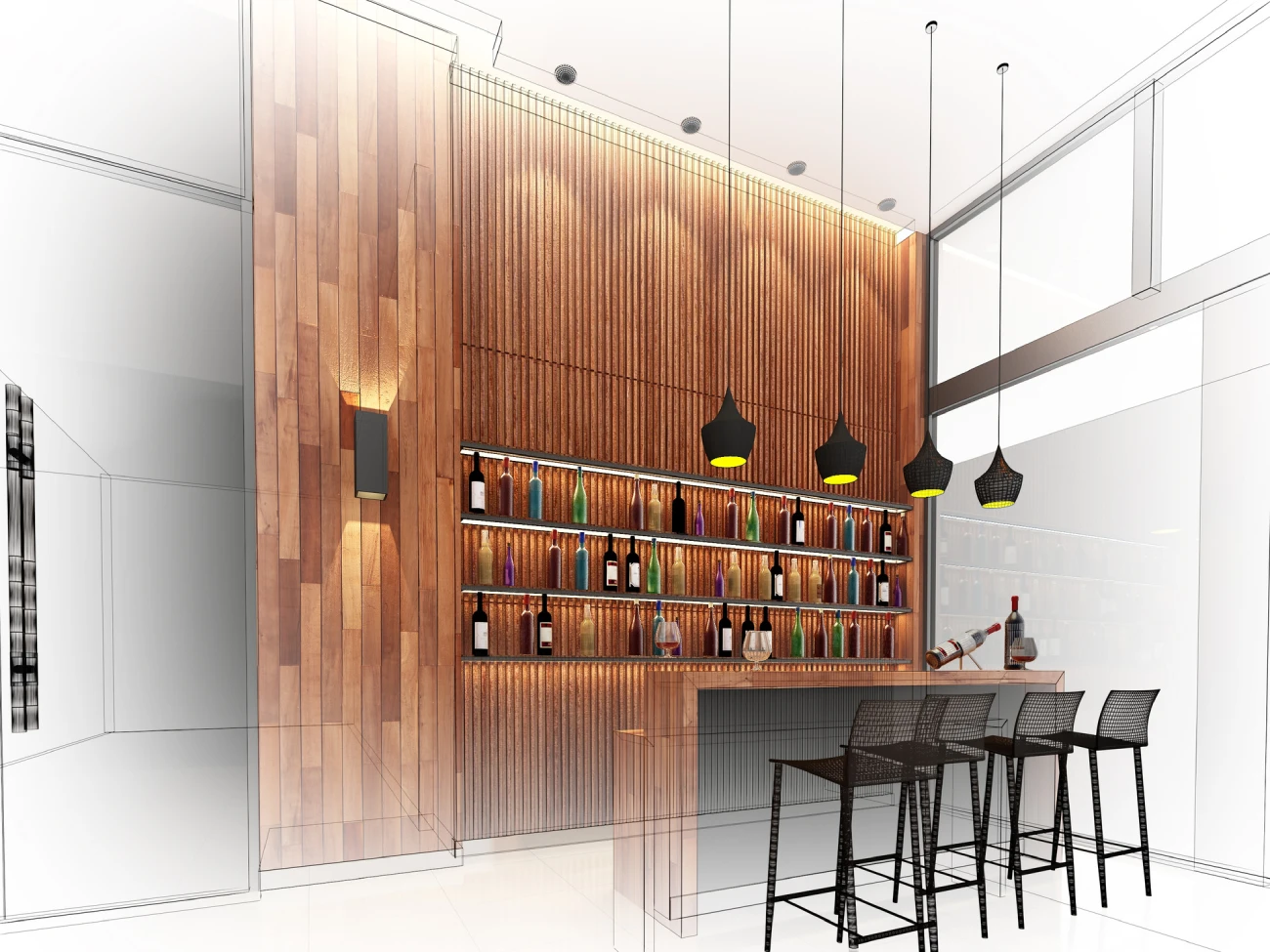Commercial tenant improvement (TI) projects—like revamping a retail space along a bustling boardwalk or upgrading an office in a packed pedestrian zone—are a logistical puzzle. You’re not just dealing with construction; you’re juggling parking shortages, cramped storage, and a parade of trades all vying for space in areas where every square foot is prime real estate. Throw in key pedestrian traffic, jammed parking lots, and high-end materials that need babying, and you’ve got a recipe for chaos—unless you plan like a pro. Having navigated a few of these tight-spot renos myself, here’s how to keep the wheels turning, from securing parking to coordinating crane lifts and protecting pricey finishes.
The Parking Predicament
First up: parking. In boardwalk zones or busy commercial strips, there’s rarely a spare spot for a contractor’s truck, let alone a delivery rig. You can’t just wing it—pedestrian safety and local regulations won’t forgive a haphazardly parked van blocking the flow. The key? Early collaboration with the developer and property owner. For a recent TI project along a coastal boardwalk, we worked with the owner to designate a handful of parking spots for our crew and deliveries. It wasn’t easy—those spots were gold—but we negotiated a schedule: trades got priority during work hours, and public access returned after 5 p.m. Getting that approval upfront avoided the nightmare of circling trucks and ticked-off passersby.
Storage: Making the Most of What You’ve Got
Storage is the next hurdle. Limited space means you’re not stacking lumber in a sprawling yard— you’re squeezing it into a corner while praying it doesn’t get swiped or soaked. Project fencing is your best friend here. On that same boardwalk job, we set up temporary chain-link fencing with lockable gates around a 10×20-foot patch near the site. It wasn’t huge, but it protected our materials—think custom hardwood millwork and sleek glass panels—from weather and wandering hands. The developer signed off on the spot, but we had to keep it tight; anything spilling over would’ve clogged the pedestrian path. Organization was key: we labeled every crate and stacked strategically so the electricians weren’t tripping over the finishers’ goods.
Material Deliveries: Timing Is Everything
Deliveries in these settings are a high-wire act—especially with big-ticket items like HVAC units or curved countertops that don’t fit through the front door. Coordination is non-negotiable. For a TI in a jammed parking lot near a shopping plaza, we had a 20-ton rooftop HVAC unit that needed a crane lift. Step one: we secured a drop-off window with the property manager—6 a.m. to 8 a.m., before the lot filled up. Step two: we rented a crane and blocked off a section of the lot (with owner approval) to hoist it onto the roof. The fencing doubled as a safety perimeter, keeping gawkers at bay. Timing the drop-off with the crane crew meant no idle equipment or wasted hours—just a smooth lift and a unit in place before the morning rush.
Managing Trades in a Crowded Sandbox
Then there’s the trades—carpenters, plumbers, HVAC techs—all needing room to breathe in a space that’s already suffocating. High-end materials add another layer: a scratched marble slab or a dented custom cabinet can set you back thousands. The trick is choreography. We used a shared online schedule—updated daily—to assign time slots and zones. For instance, the HVAC crew got the roof while the millworkers staged inside, keeping their delicate walnut panels safe from rooftop dust. If a trade needed to cross paths—like when the electrician ran conduit near the plumber’s copper lines—we held a quick huddle to avoid clashes. Protecting materials meant enforcing rules: no stacking tools on someone else’s pile, and if you’re done, you clear out. It’s like a dance—everyone’s got their steps, and no one steps on toes.
The High-End Factor: Protecting the Investment
These projects often involve luxe finishes—think polished stone counters or bespoke cabinetry— that cost a fortune and bruise easily. On a recent job, we had $15,000 worth of curved quartz countertops delivered. They were stunning but fragile, so we didn’t just toss them behind the fence. We built padded racks inside a locked storage shed (approved by the developer) and posted a “no stacking” sign. The GC checked them daily to ensure no one was using them as a workbench. It’s not just about protection—it’s about respect for the craft. When trades see you’ve got a system, they’re less likely to treat materials like scrap.
Tips for Tight-Space Success
- Partner Up Early: Get parking and storage approvals from the developer or owner before day one.
- Fence It Off: Secure the site with sturdy fencing—pedestrians stay safe, materials stay put.
- Schedule Like a Hawk: Coordinate deliveries and crane lifts down to the minute; idle time isn’t an option.
- Zone the Trades: Give everyone a corner and a clock—overlap leads to damage and delays.
Wrapping It Up
Commercial TI projects in cramped, high-traffic spots—like boardwalks or packed lots—are a test of patience and planning. Parking’s a premium, storage is a squeeze, and trades are elbow-to-elbow, all while you’re guarding expensive materials like a hawk. But with developer buy-in, smart fencing, and ruthless coordination, you can turn chaos into clockwork. That boardwalk reno? We finished on time, with every sleek finish intact and not a single pedestrian complaint. It’s proof that even in the tightest spaces, a little foresight goes a long way.

